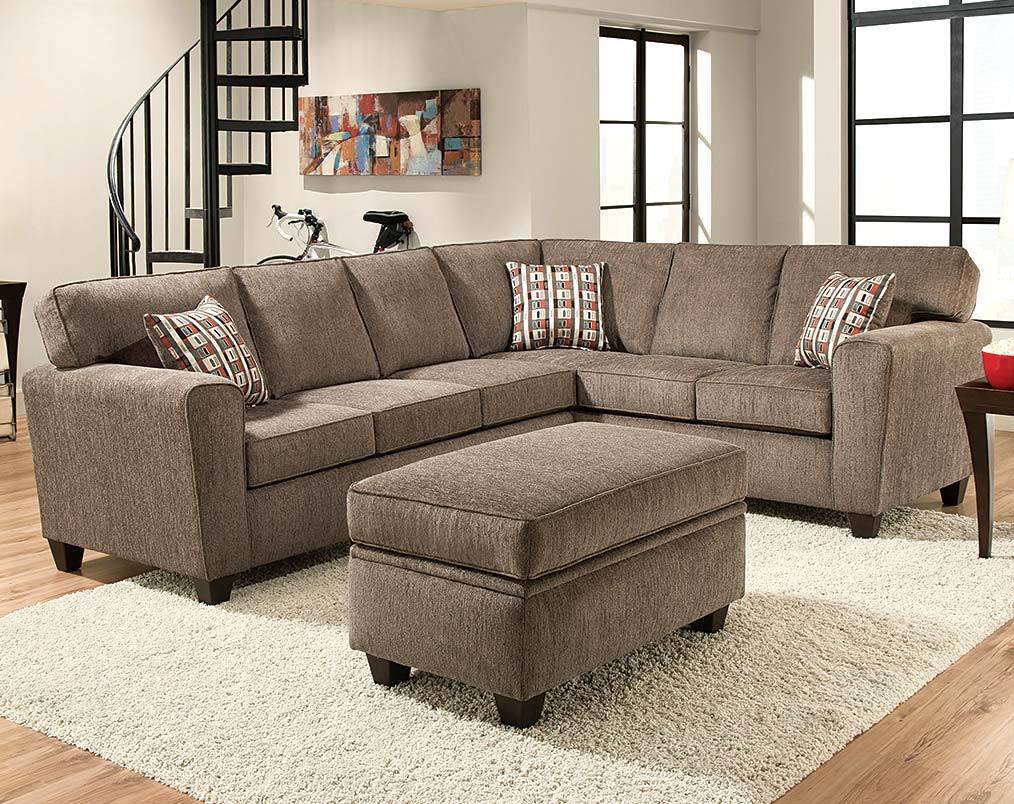Kitchen design engineering involves utilizing aesthetics, architectural principles, and ergonomics to create the perfect kitchen. This type of engineering is concerned with creating a living space that is both functional and aesthetically pleasing. One of the primary goals of kitchen design engineering is to create kitchens that are efficient and ergonomically sound. This also includes the implementation of architectural and structural elements in the design. Kitchen Design
Kitchen planning and layout are the fundamental pillars of kitchen design engineering. The basic goal of kitchen planning is to create a space that is efficient, functional, and aesthetically pleasing. This includes developing a space plan that allows maximum utilization of space, furnishing the kitchen with appropriate appliances and fixtures critical for work flow optimization. Additionally, layout often involve choosing and selecting appropriate finishes, wood, metal, stone, and various other materials that will best enhance the look of the kitchen.Kitchen Planning and Layout
Kitchen design engineering also involves selecting and choosing the right materials for the kitchen. This is an important procedure as the quality of materials selected will play a huge role in determining how the kitchen looks. The materials chosen have to be durable, and of the highest quality. It is also critical to also factor in price, availability, and ease of installation when selecting materials. Additionally, materials must be chosen for their effects on energy efficiency, environment, and utility.Kitchen Material Selection and Construction
Kitchen storage system design is another important aspect of kitchen design engineering. This includes designing shelves, cabinets, and drawers to effectively store items in the kitchen. It is also essential to create easy access to the items, while also incorporating attractive aesthetics in the design. Some of the key storage elements to consider are countertops, wall cabinets, and deep drawers. Special attention should be given to maximize space utilization.Kitchen Storage System Design
Kitchen ventilation system design is another key part of kitchen design engineering. Ventilation is essential to regulate temperature and maintain air quality. Without a proper ventilation system, the kitchen can become stuffy and uncomfortable to work in. It is also necessary to take into account noise levels, safety regulations, and air filtration needs. Adequate ventilation will also help to eliminate smoke and odors for a more comfortable kitchen environment.Kitchen Ventilation System Design
Kitchen cabinetry design also forms an integral part of kitchen design engineering. Cabinetry forms the basis of any successful kitchen design and should be chosen to maximize the available space and functionality. It is important to choose cabinetry that is durable and properly measured so as to fit into the kitchen without any problems. Kitchen cabinetry design should also take into consideration the type of finish being applied.Kitchen Cabinetry Design
Kitchen equipment design is an important consideration in kitchen design engineering. This includes selecting the right kitchen appliances for the job. It is important to select equipment that will best suit the needs of the user in terms of functionality, safety and ergonomics. Additionally, the choice of kitchen equipment should comply with safety, energy efficiency, and ventilation standards.Kitchen Equipment Design
Kitchen environmental analysis is a key component of kitchen design engineering. This involves evaluating the kitchen environment and making sure that it is not only ergonomic but safe as well. This analysis includes taking into account the chemical, biological, and physical characteristics of the kitchen space. This helps to ensure that the kitchen environment is suitable for people and animals with no potential for harm.Kitchen Environmental Analysis
Kitchen lighting design is another important aspect of kitchen design engineering. Proper lighting is essential for any kitchen to function correctly and efficiently. The type of lighting chosen should take into account how much light is needed and also the eye level of the person using the kitchen. The placement of the lighting should also be taken into consideration, as this can have a huge effect on the ambience of the environment.Kitchen Lighting Design
Kitchen safety is another key factor in kitchen design engineering. This concerns creating a safe environment by preventing trips, slips, and falls. This also includes the consideration of equipment, appliances, surfaces, and correct storage solutions. Additionally, kitchen design safety involves eliminating potential hazards such as electrical shocks and leaks. Kitchen Safety Design
Kitchen design engineering is an integral part of creating a functional and aesthetically pleasing kitchen. This includes the implementation of the best practices in creating kitchen layouts that maximise the use of space, a selection of high-quality materials, and embracing technological advancements. Additionally, kitchen design engineering requires an understanding of kitchen planning, equipment design, ventilation design, environmental analysis, safety, and lighting. Primary: Kitchen Design Engineering
Engineering the Perfect Kitchen Design
 The kitchen is often the center of life in a home. It's the room where moments are shared, memories are made, and delicious family meals are cooked up. Therefore, when it comes to kitchen design, no expense should be spared. Successful kitchen design is focused on maximizing efficiency, comfort, and aesthetic appeal. It combines form and function to create a kitchen space that acts as a mood booster and a hub for family activity.
Kitchen design engineering
is a specialized craft that requires the skill and expertise of a professional.
The kitchen is often the center of life in a home. It's the room where moments are shared, memories are made, and delicious family meals are cooked up. Therefore, when it comes to kitchen design, no expense should be spared. Successful kitchen design is focused on maximizing efficiency, comfort, and aesthetic appeal. It combines form and function to create a kitchen space that acts as a mood booster and a hub for family activity.
Kitchen design engineering
is a specialized craft that requires the skill and expertise of a professional.
Analyzing the Space
 A successful kitchen
design engineering
project begins with a thorough analysis of the available space. By having a clear idea of the kitchen’s size, layout, and various elements like outlets, windows, and lighting, an engineer can formulate a design that maximizes the potential of the kitchen’s configuration.
A successful kitchen
design engineering
project begins with a thorough analysis of the available space. By having a clear idea of the kitchen’s size, layout, and various elements like outlets, windows, and lighting, an engineer can formulate a design that maximizes the potential of the kitchen’s configuration.
Designing for Efficiency
 A kitchen needs to be well-thought-out in order to maximize its utility and efficiency. A kitchen designer or engineer needs to consider factors like ventilation, storage, appliances, lighting, and counter material. They must also weigh up how much space should be taken up by cabinets and the appliances themselves. Working with an engineer ensures that the kitchen is designed to make the most of its available space and amenities.
A kitchen needs to be well-thought-out in order to maximize its utility and efficiency. A kitchen designer or engineer needs to consider factors like ventilation, storage, appliances, lighting, and counter material. They must also weigh up how much space should be taken up by cabinets and the appliances themselves. Working with an engineer ensures that the kitchen is designed to make the most of its available space and amenities.
Creating a Comfortable and Cozy Space
 The kitchen is often a place of family gatherings and conversations, so it needs to be designed to be comfortable and cozy. An engineer can choose materials that create both visual and tactile feelings of warmth and luxury. Natural wood or stone, fabric curtains, and strategically placed colorful décor can all come together to create a stunning and inviting atmosphere.
The kitchen is often a place of family gatherings and conversations, so it needs to be designed to be comfortable and cozy. An engineer can choose materials that create both visual and tactile feelings of warmth and luxury. Natural wood or stone, fabric curtains, and strategically placed colorful décor can all come together to create a stunning and inviting atmosphere.
Putting it All Together
 With their extensive experience in the field, a professional
kitchen design engineer
can bring all these elements together in a cohesive design that compliments the homeowner’s lifestyle and tastes. Through proper planning, a designer can craft a kitchen that is both efficient and beautiful, and meets all the needs of the people who use it every day.
With their extensive experience in the field, a professional
kitchen design engineer
can bring all these elements together in a cohesive design that compliments the homeowner’s lifestyle and tastes. Through proper planning, a designer can craft a kitchen that is both efficient and beautiful, and meets all the needs of the people who use it every day.











































































































